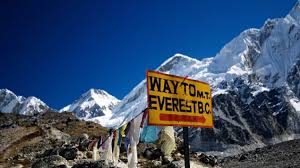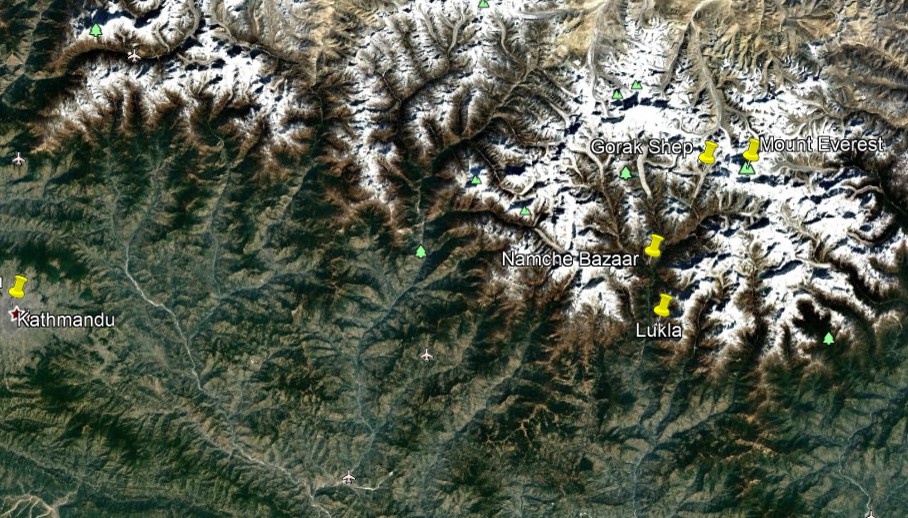
PTR
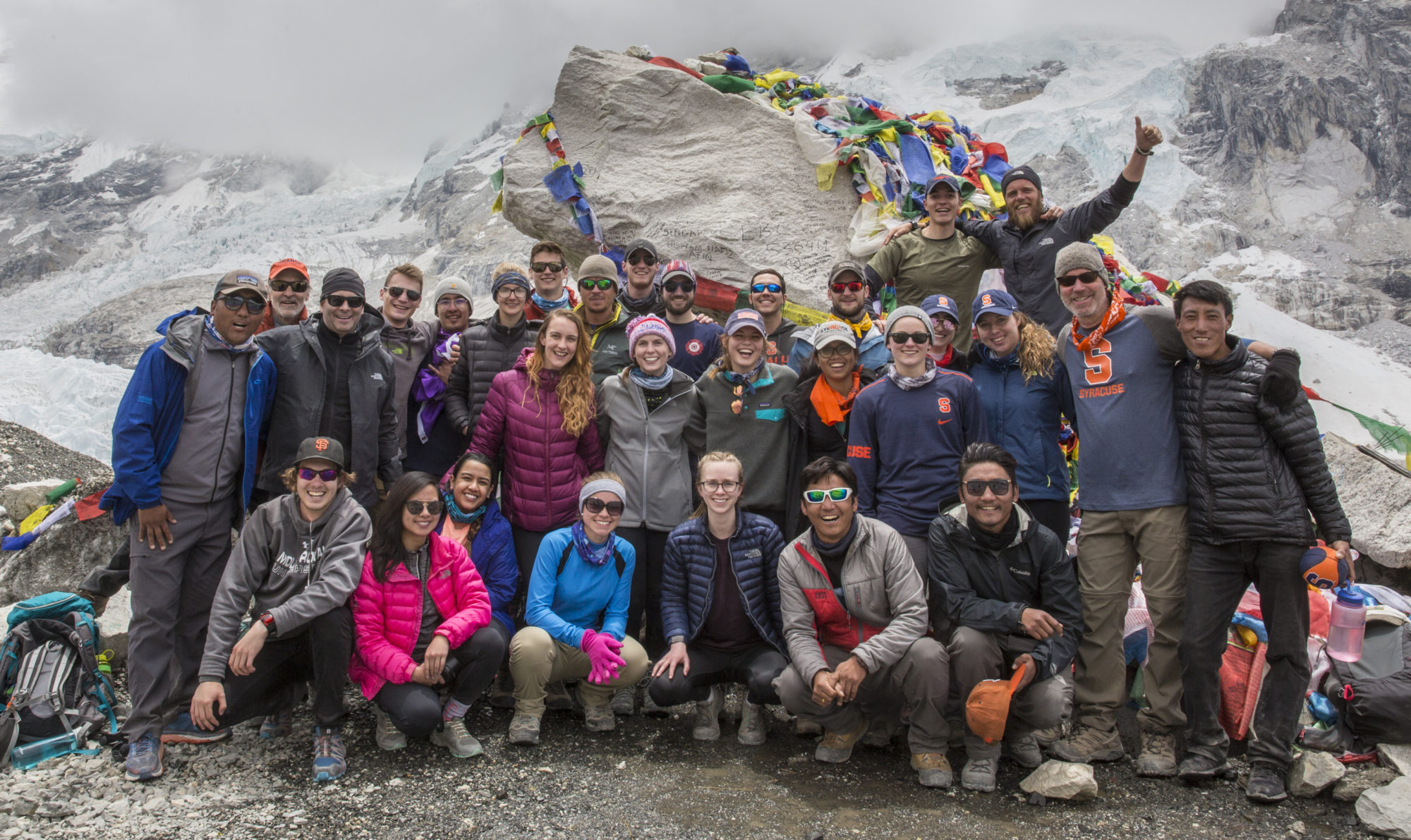
A daily blog following researchers and students on their trek to Everest base camp

PTR
Name: Jackson Barnes Age: 19 Home town: Montclair, NJ Area of Study: Health and Exercise Science Year in School: Junior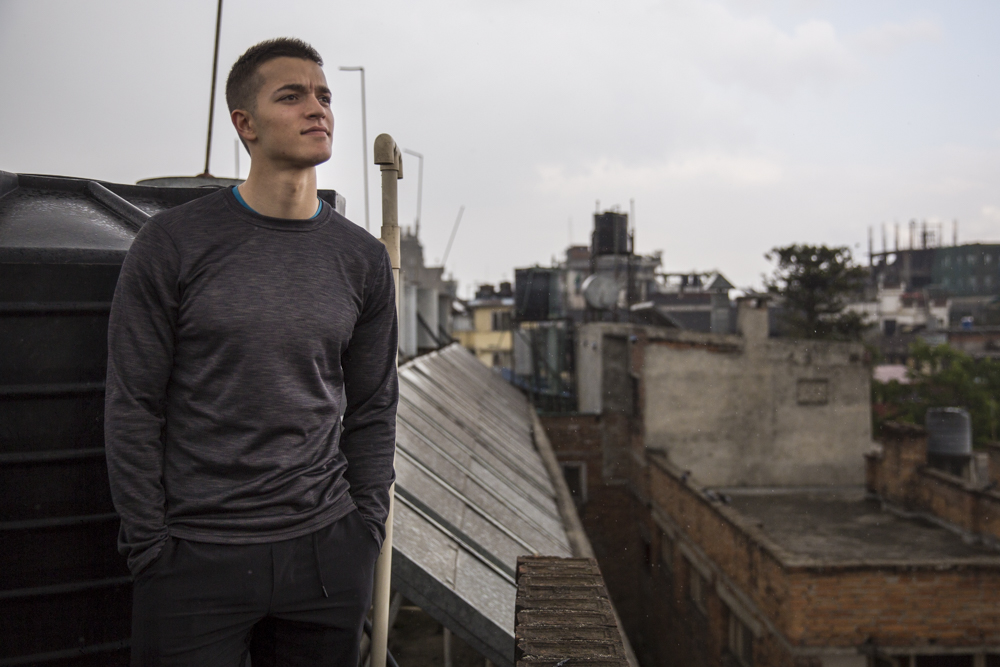
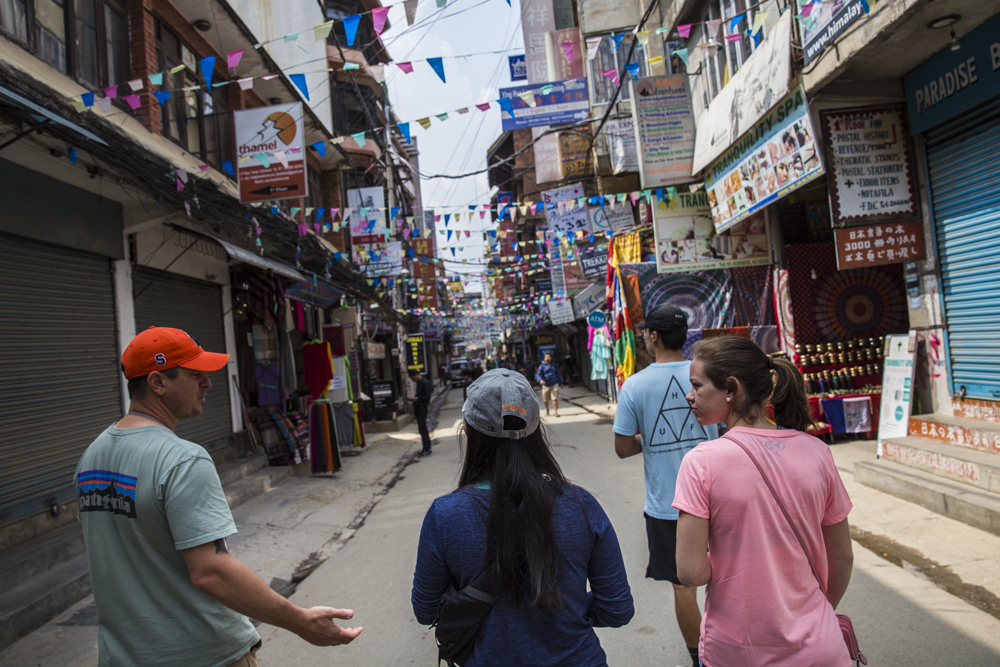
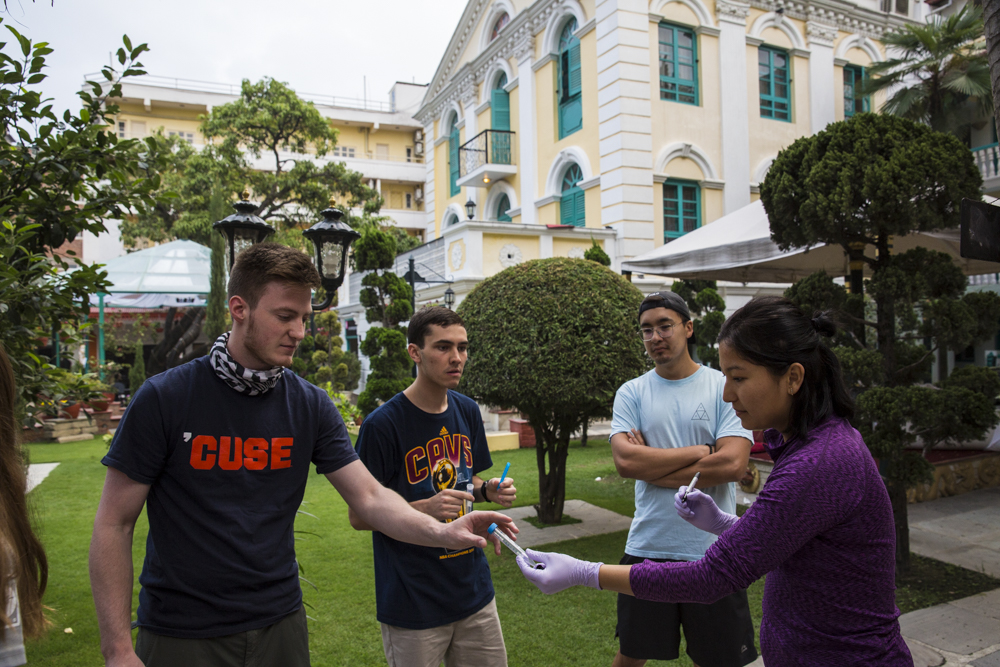
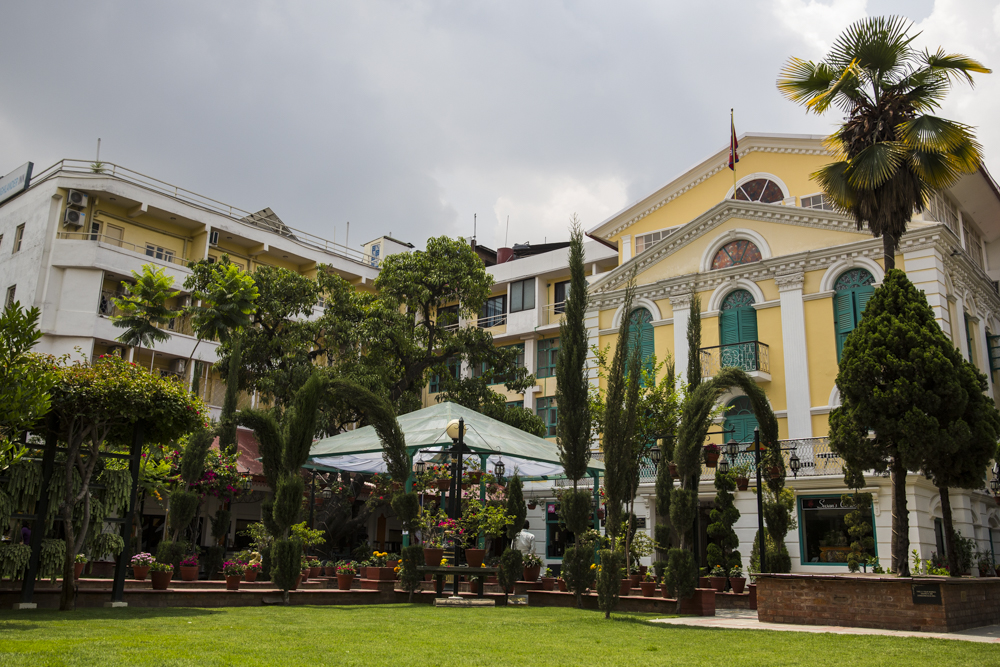
Daily Recap
Name: Ross Barnard Age: 19 Home town: Sherborn, MA, 30 minutes outside of Boston Area of Study: Undecided Year in School: I just finished my freshman year
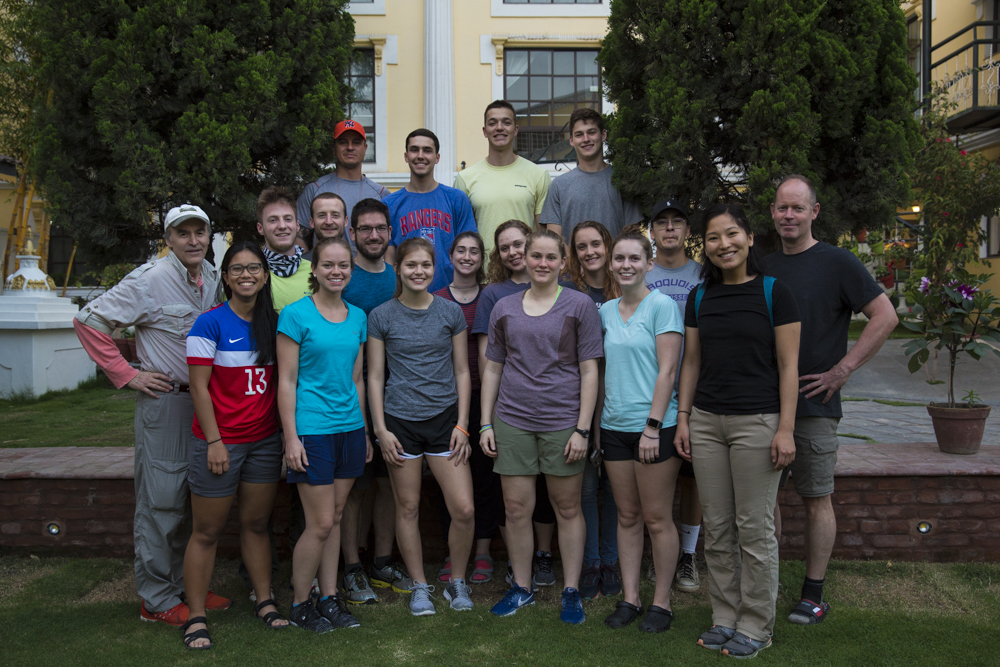

Daily Recap
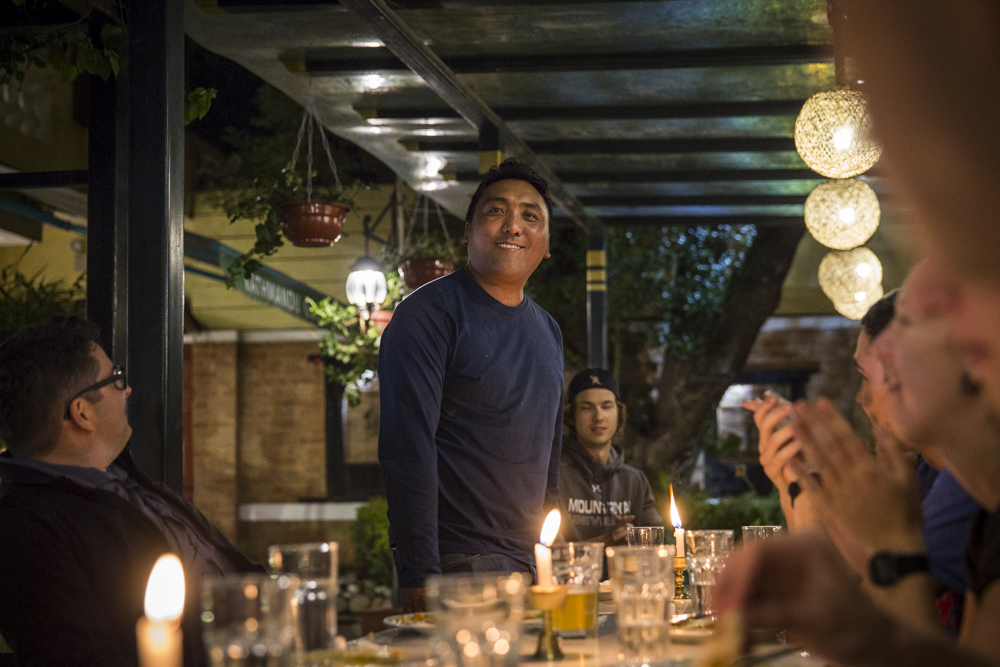

Tomorrow we will start research and experiments with urine, saliva, and blood samples to measure a base line for our bodies at relatively low altitude. Over the course of the trip we will keep measuring how our body reacts to higher altitude. I can’t wait for the next two and a half weeks!
(All photos by Andrew Burton, © 2018)
For my Friend…R. Burton. Katmandu by Bob Seger
PTR
Although it is not my intention to commandeer the blog with my own postings, an update seems in order. At the moment, I am the probably the only person on the team who is awake (thank you jet lag), and who has leisure time, internet access, and the requisite cup of coffee to pull this off. Both Burton’s land soon, and in 10 minutes I will head out the Kathmandu airport to pick up the elder (6:20 am), followed by Andrew at 8:40. All SU students are in Abu Dhabi, the beneficiaries of a delay coming out of JFK airport. I cant tell you how relieved I am that Etihad Airlines offered them all hotel vouchers and a meal, instead of the airport floor and scowl when they hit the ground. Thank You Etihad! I imagine them all to be asleep at the moment in a dessert paradise. They will arrive in Kathmandu at 3:30 today, some 9 hours from now, perhaps better rested than if they had pushed through all the way yesterday. The Canadian students arrived last night, and as reward they will be roused soon to begin scientific testing: “Good morning, breathe into my machine, pee into this cup, and let me have a look at your veins.” OK, I am off. Let’s hope for some student posting later today from the courtyard of the hotel.
Namaste, Tom
The Department of Sport Management is looking forward to reading all about this trip! Enjoy, and be careful!
The honor of the first “blog-from-abroad” falls to me. Welcome Syracuse colleagues, friends, and family! I am now in Kathmandu after a delightful 24-hours of flying, some of it on the new Airbus A380-800 (from JFK-to-Abu Dhabi). What an amazing plane! It is so big that you can only hear the 30-40 screaming babies in your own immediate section, but not the 260 other babies as they are too far away to be noticed. The first-class section is upstairs and I believe that whole section of the plane lifts off in an emergency i.e., should the misery from coach-class ever waft upwards.
I am in Kathmandu with my friend and colleague Dr. Trevor Day who is an Associate Professor of Physiology at Mount Royal University, Calgary, Canada. Trevor is leading a team of 8 Canadian students and he is the principle investigator on one of our research projects (see below). Together we are making sure everything is ready for the arrival of your kids (and our students) and other team members on Thursday. Today, we will tidy-up base-camp by sweeping away all of the loose stone, and tomorrow we will polish the ice on the Khumbu glacier. We want things to look good for everybody! I will try to get Trevor to clean up the Yeti droppings, but nobody likes that job.
In seriousness, we are totally excited and can’t wait to get this thing started. I thought it might be interesting to tell you all something about the research projects that we have planned on our way to the foot of Everest. Here are some brief descriptions:
We have a lot to do, and there are many more blog posts to come. I look forward to the posts from our students especially, as they will bring fresh eyes to this amazing experience. Hopefully the posts will give you all a good sense of where we are, what we are doing, and what it is like to move upwards towards Everest Base Camp with a group of 29 trekkers, 10 guides and porters, and 5-10 yaks.
Namaste.
-Tom Brutsaert, Kathmandu, May 15, 2018
Everest Base Campers: This is the first blog post for what we all hope is going to be an amazing next month. Tom’s post from Kathmandu will come next.
See you at the hotel.
RB
